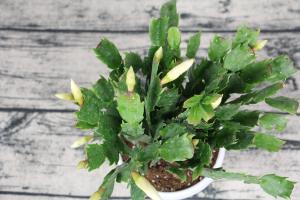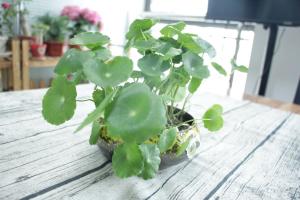Introduction
One of the critical factors in growing tomatoes is the distance between plants, also known as plant spacing. Tomatoes require sufficient space to grow, and inadequate spacing can result in poor growth, low yields, and increased susceptibility to pests and diseases. In this article, we will discuss the appropriate plant spacing for tomatoes and its importance in ensuring healthy, abundant crops.
The Importance of Plant Spacing for Tomatoes
The proper plant spacing for tomatoes is crucial for several reasons. Firstly, it ensures that each plant has enough space to grow and develop properly, including getting sufficient sunlight, water, and nutrients. Secondly, good plant spacing allows for adequate air circulation, which reduces the risk of fungal diseases and other pests. Thirdly, optimal plant spacing enables easier maintenance and harvesting, as there is enough room to maneuver and work around the plants without damaging them.
Determining the Optimal Plant Spacing for Tomatoes
The optimal plant spacing for tomatoes depends on several factors, including the cultivar, growing method, and growing conditions. Determining the correct spacing involves considering the plant's growth habit, size, and root system, as well as the desired yield and available space.
Indeterminate tomatoes, which continue to grow throughout the season, generally require more space than determinate tomatoes, which grow to a limited height and stop. Determinate tomatoes typically need about 2-3 feet (60-91 cm) between plants, while indeterminate tomatoes may need up to 4-6 feet (1.2-1.8 meters) between plants. However, these are just general guidelines, and the actual spacing may vary depending on the cultivar.
The growing method can also affect plant spacing. In traditional in-ground gardening, tomato plants are typically spaced farther apart than in container gardening or raised beds, where space is limited. For example, in an in-ground garden, indeterminate tomatoes may require 4-6 feet (1.2-1.8 meters) between rows and 2-3 feet (60-91 cm) between plants within each row. In a container or raised bed garden, the spacing may be closer, such as 18-24 inches (45-60 cm) between plants.
Tips for Planting Tomatoes at the Right Spacing
Planting tomatoes at the proper spacing is essential for getting the best harvest. Here are some tips for planting tomatoes at the right spacing:
Read the label or seed packet for specific recommendations on plant spacing for your variety.
For in-ground gardening, mark the rows and individual plant locations before planting.
For container gardening, use a large enough container and avoid overcrowding the plants.
Consider planting other plants or flowers between tomato plants to optimize space and maximize yields.
Water and fertilize the plants regularly to ensure adequate growth and development.
Prune the plants to remove diseased or damaged leaves and support healthy growth.
Conclusion
The proper plant spacing for tomatoes is a vital aspect of ensuring healthy, productive crops. It helps ensure each plant gets sufficient sunlight, water, and nutrients, reduces the risk of disease and pests, and enables easier maintenance and harvesting. Factors such as the cultivar, growing method, and growing conditions should be considered when determining the optimal plant spacing. By planting tomatoes at the right spacing and providing proper care, you can enjoy delicious and bountiful harvests of this popular garden crop.

 how many times do yo...
how many times do yo... how many planted tre...
how many planted tre... how many pine trees ...
how many pine trees ... how many pecan trees...
how many pecan trees... how many plants comp...
how many plants comp... how many plants can ...
how many plants can ... how many plants and ...
how many plants and ... how many pepper plan...
how many pepper plan...






























